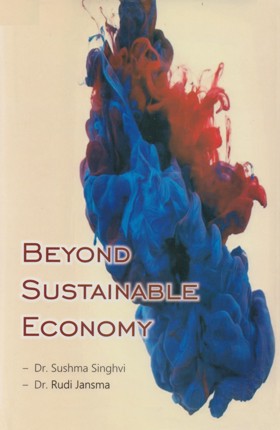Basics A force changes an object's state of rest or motion. Force = mass x acceleration. A force of 1 newton imparts an acceleration of 1 m/s2 to a mass of 1 kg. 1 N = 1 kg m/s2 Energy is the ability to do work. Energy = force x distance. 1 joule is the energy expended (or work done) in applying a force of one newton through a distance of one meter. 1 J = 1 N m Power is the rate of using energy (or doing work). Power = energy / time. A power of 1 watt is equal to an energy flow of 1 joule per second. 1 W = 1 J/s |
The amount of energy generated or consumed is measured in joules; power is the rate at which energy is generated or consumed and is measured in watts. There are however many other units of energy and power. For instance, 1 horsepower equals 746 watts. Energy consumption is often expressed in kilowatt-hours (kWh; 1 kW = 1000 W). For instance, using a computer and LCD monitor with a total power rating of 110 W for one hour consumes 0.11 kWh of electricity. The total energy consumption of an average European is 125 kWh per day, while the average American consumes about 250 kWh per day (MacKay, 2009, 104).
Two important measures for comparing different sources of energy are energy density and power density. Energy density refers to the amount of energy contained in a given unit volume, area, or mass. Power density often refers to the amount of power that can be generated per unit land or water area.
The energy density of wood is, at best, 17 million joules (megajoules) per kilogram (MJ/kg), for good-quality bituminous coal it is 22-25 MJ/kg, and for refined oil products it is around 42 MJ/kg. That is why coal is preferred over wood, and oil over coal. Vaclav Smil (2010b, 18) writes:
The more concentrated sources of energy give you many great advantages in terms of their extraction, portability, transportation and storage costs, and conversion options.
Energy exists in different forms: chemical, thermal (heat), nuclear, electrical, mechanical, radiant, etc. In any conversion of one form of energy into another, some energy is lost, and the efficiency is therefore always less than 100%. Over time, technological advances have made higher efficiencies possible.
Traditional hearths and fireplaces had efficiencies below 5%. Wood stoves were usually less than 20% efficient. Coal stoves doubled that rate, and fuel-oil furnaces brought it to nearly 50%. Efficiencies of natural-gas furnaces were initially below 60%, but by the 1990s there was a large selection of furnaces rated at about 95%. (Smil, 2010a, 713)
An examination of the power density (expressed as energy flux per unit of horizontal surface) of different energy sources starkly reveals the limitations of renewable energy sources compared to fossil fuels. The estimated values for each source can vary by an order of magnitude or more depending on the precise details and conditions of the facilities in question, and what is included in the calculation, but the general message is clear.
| Power source | Power density (W/m2) |
| Nuclear Natural gas Coal Solar photovoltaic Wind Biomass | up to 4000 200 - 2000 100 - 1000 4 - 10 0.5 - 1.5 0.5 - 0.6 (Smil, 2010b, 2008a) |
Focusing on the situation in the US, Robert Bryce (2008, 84, 86, 93) gives the following figures:
| Power source | Power density (W/m2) |
| S Texas nuclear plant Natural gas well Marginal gas well Marginal oil well Solar photovoltaic Wind turbines Biomass power plant Corn ethanol | 56 53 28 5.5 to 27 6.7 1.2 0.4 0.05 |
What these figures mean is that renewable energy facilities would have to be spread over areas ten to ten thousand times larger than today's fossil fuel energy facilities to produce the same amount of power. Although this is not an impossible feat, it poses many regulatory, technical and logistical challenges, and it would take several decades to put such a system in place even if there were no local opposition. For as Robert Bryce (2008, 92) says:
Energy sources with high power densities have the least deleterious effect on open space. They allow us to enjoy mountains, plains, and deserts without having views obstructed or disturbed by spinning wind turbines, sprawling solar arrays, towering transmission lines, or miles of monocultured crops.... Energy projects with small footprints are not only green, they reduce the potential for NIMBY [not-in-my-backyard] objections.
Based on: http://davidpratt.info/energy.htm. See disclaimer at the beginning of this chapter.
 Dr. Rudi Jansma
Dr. Rudi Jansma
